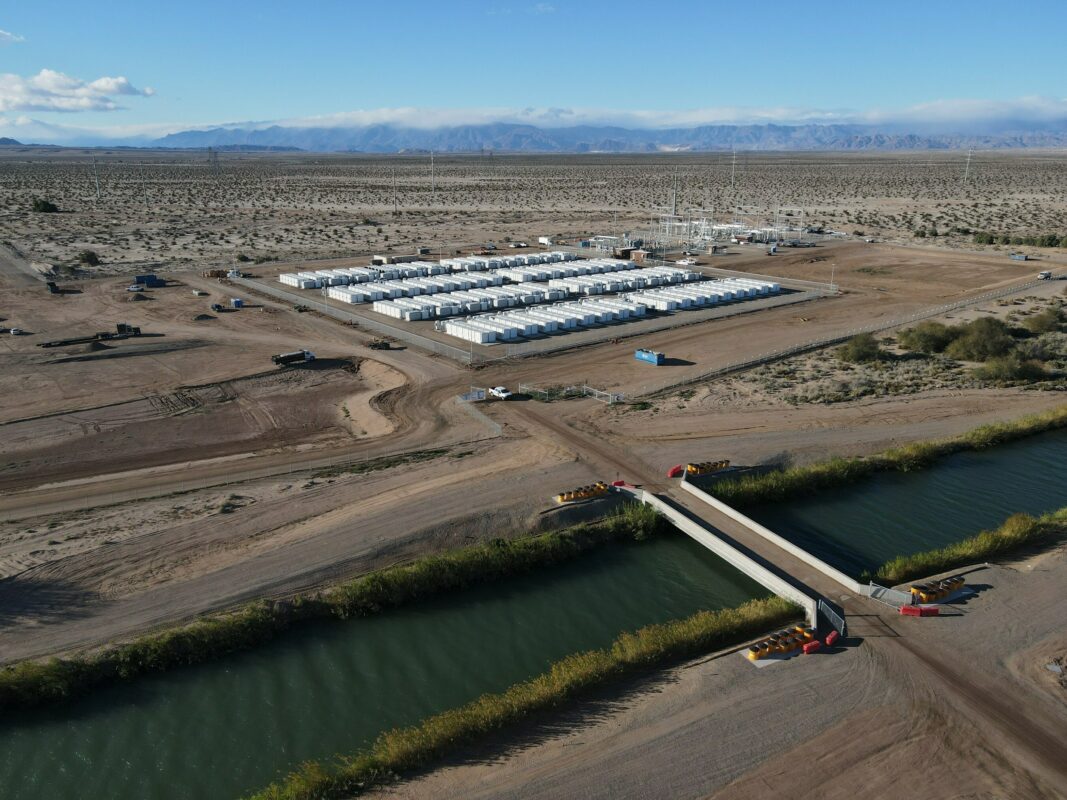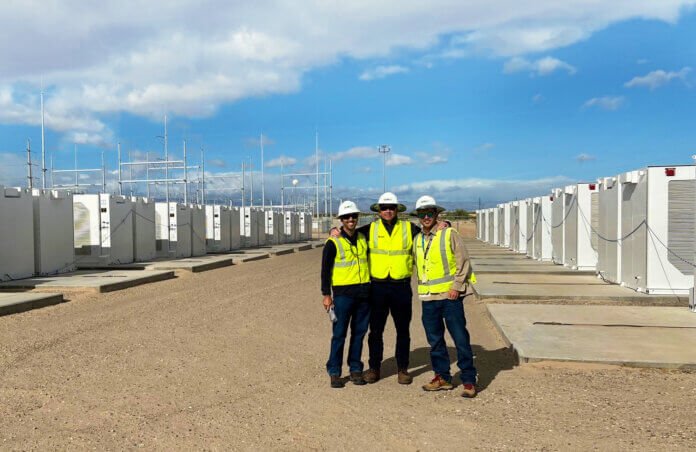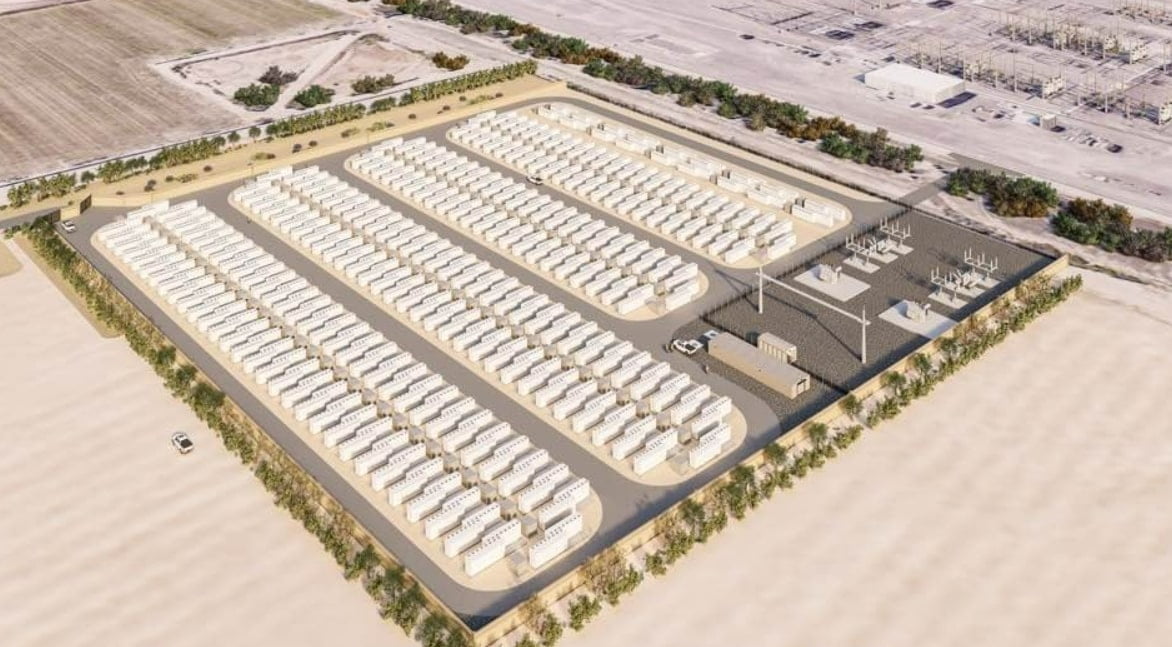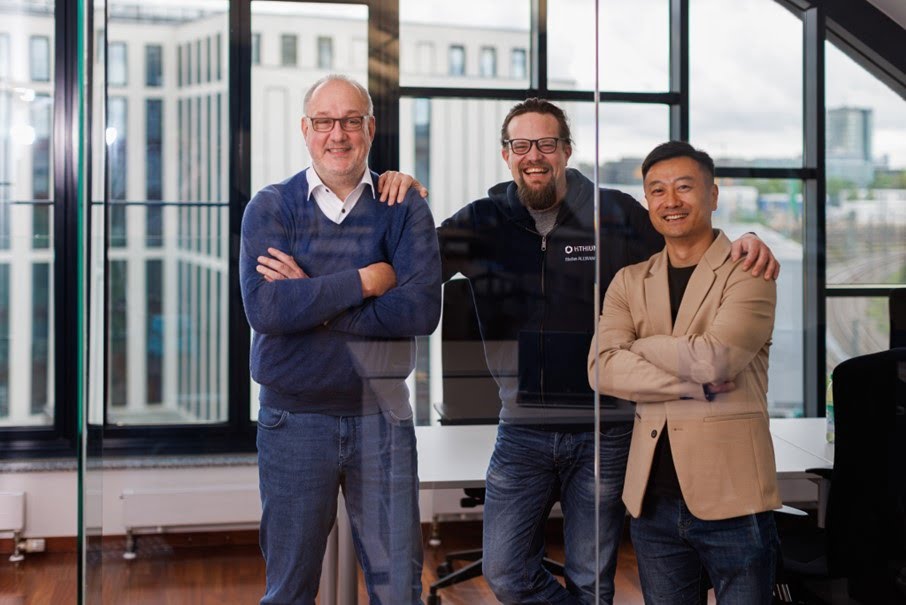Although the two projects’ energy storage capacity in MWh was not revealed, large-scale battery energy storage system (BESS) projects in the state tend to be four-hour systems, especially those delivered by or for California’s three investor-owned utilities: SDG&E, PG&E and SCE.
Four hours is the required duration to provide energy to utilities through long-term agreements through grid operator CAISO’s Resource Adequacy framework. Based on this, the two projects’ combined capacity could be 684MWh.
The projects are the third and fourth large-scale BESS units SDG&E has turned online in recent years, after it commissioned the 30MW Top Gun project in late 2021 and then the 30MW Kearny project late last year, both in San Diego. By the end of 2023, it expects to have 345MW of BESS online, sufficient to meet 15% of customer load on a typical day and 7% on a system peak day.
The projects are part of a fleet of large-BESS in the state which is helping it balance out peaks and troughs in demand, maintain grid flexibility, and move away from fossil fuel resources. California is seeing to become entirely carbon-neutral by 2045.
“With our state experiencing more frequent climate extremes such as record heat waves and droughts, it is essential to invest in innovations like energy storage to make sure we can continue to power the world’s 4th largest economy reliably,” said CAISO President and CEO Elliot Mainzer. “The rapid growth of energy storage in California in recent years gives me optimism about our state’s future and its capacity to respond to climate change.”
Ameresco to deliver 379Mh of BESS for Avenue Capital-owned group
In related news, system integrator Ameresco will deploy four BESS projects co-located with gas power plants owned by Middle River Power (MRP) across California. MRP is an independent power producer (IPP) owned by investment firm Avenue Capital.
The BESS projects will enhance the efficiency of MRP’s natural gas power plants, reducing their emissions and providing capacity to CAISO’s grid. MRP has eight gas plants in California, and ten nationwide.
Construction on the four projects will start this summer and is expected to be completed by Q3 of 2024.
“The energy storage assets allow for the shifting of solar energy from the middle of the day to supply the grid during evening peak hours, while maintaining our natural gas facilities as a flexible, reliable backstop,” said Mark Kubow, CEO of Middle River Power. “We are excited to introduce our first tranche of projects that takes such a meaningful step in helping California in the transition to more renewable resources.”
Legacy power plants make ideal locations for renewable energy and energy storage thanks to their large existing grid infrastructure. This has been particularly seen in the US market, and this week Energy-Storage.news reported on similar plans in Colombia.
Ameresco recently said it would get a three-site project totalling 2.1GWh of BESS capacity for one of the state’s three big IOUs, SCE, to “substantial completion by summer 2023”. The project made headlines last year with Ameresco invoking ‘force majeure’ clauses in its contract, citing the chaotic effect of Covid lockdowns in China on the BESS supply chain.
Continue reading










